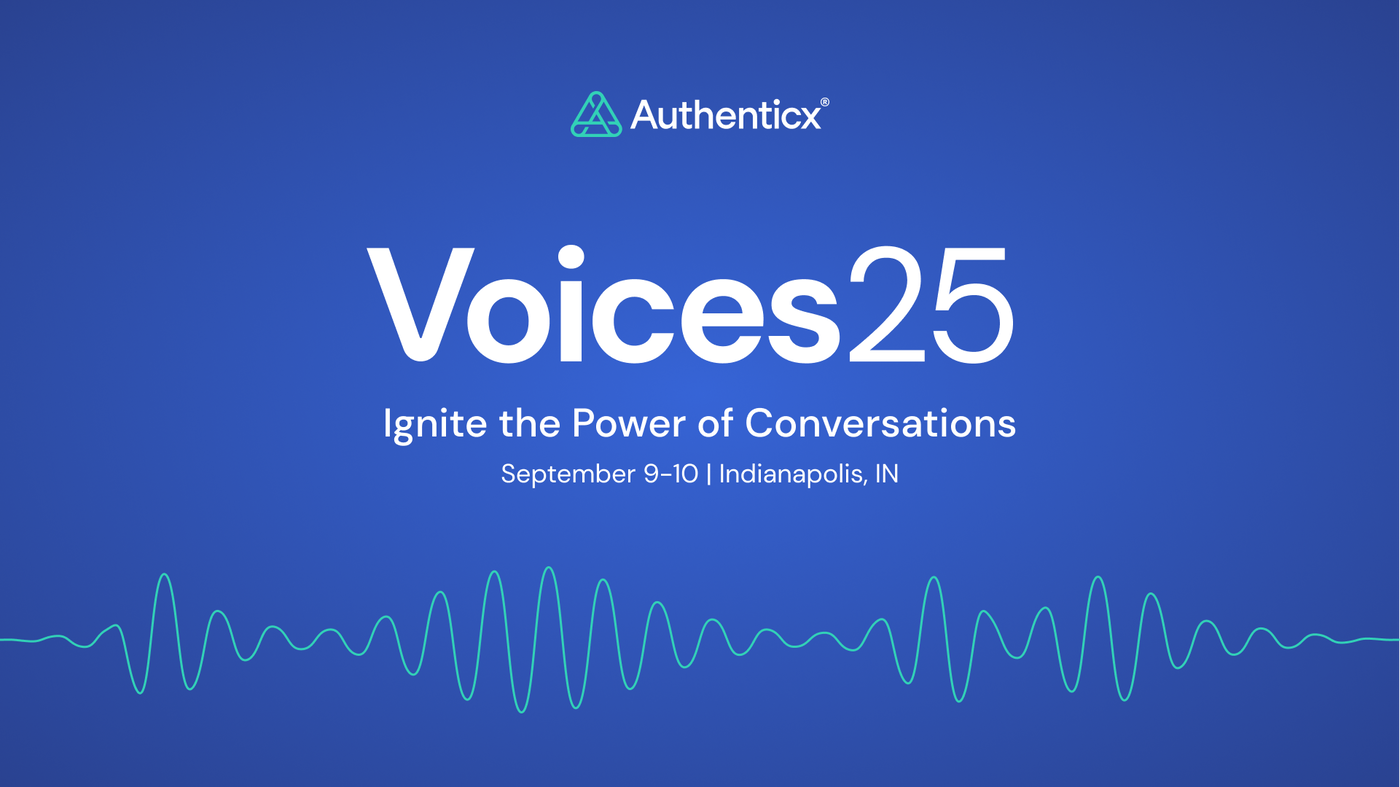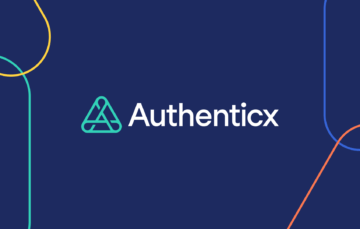
Healthcare workers are a first line of defense in keeping us healthy. From nurses to physicians to support staff to call center agents, each plays an important role in supporting the patient journey from the first step in scheduling an appointment through clinical care to post-care support and billing.
And among these teams, burnout is rampant. It’s been an undeniably challenging two years. Feelings of exhaustion, anxiousness, and anger all contribute to the prevalence of burnout across healthcare systems.
The stats are staggering:
- According to a USA Today and Ipsos poll, 25% of healthcare workers report wanting to leave the healthcare profession entirely
- From that same poll, nearly one-third of respondents reported if they could go back and choose a different career, they weren’t sure if they would go into healthcare again
- A report from McKinsey & Company shared 75% of healthcare workers who did quit their job in 2021 did not have another job lined up at the time
- Our own Authenticx data suggests healthcare call center agents are met with more pain, trauma, and fear than they have been trained to respond to. According to the 2020 Customer Voices Report, empathetic and authentic agent expressions have actually decreased, with agents averaging a 78% on “demonstrates perspective” compared to the 90% benchmark
When we talk about customer or patient experience (CX/PX) a lot of focus falls on the consumers. But it’s important to recognize these interactions are bi-directional and employees are also an equally critical part of the CX equation. A shift is occurring as employers intentionally factor in employee needs when it comes to mapping the customer journey and monitoring patient satisfaction in healthcare.
Interactions in healthcare are often more than simply transactional, leaving employees to navigate outside social influences and very personal, sometimes traumatic, situations facing patients (such as financial hardship, death, or job loss). These are heavy topics that can be a strain on the employee experience in the workplace. As leaders consider customer experience strategy, it’s important to balance their employees’ mental health vs. performance needs to combat burnout, attrition, absenteeism, lower engagement, and poor customer service.
Why Listening Still Matters
Recalibrating your listening strategy to include both sides of the customer conversation can be an effective way to better understand how to serve your employees and customers.
A cornerstone of good customer experience is curating a personalized user experience, which is important in considering the patient at an individual level in order to provide appropriate care, address concerns, and listen closely to assess their needs. That same approach can be leveraged toward employees.
Nurturing a culture that is inclusive and makes everyone feel safe comes from building and scaling feedback loops to regularly check-in and have transparent conversations.
Consider these 4 ways on how intentionally listening to the employee-side of CX interactions can help offer support to employees, which in turn, enhances the patient experience.
1. Open dialogue around obstacles employees are facing
Listening can help managers understand and identify where their team is struggling in customer conversations. Understanding where employees are ‘getting stuck’ can help managers better respond to signs of distress from employees. This could include reevaluating policies in place to help employees feel protected and supported, especially when they’re on the front lines navigating sensitive topics.
2. Provide guidance for prioritization
The day-to-day work environment can feel chaotic and stressful even on a good day. Listening to employees can offer insights into which areas of the business need help with additional messaging, call scripts, or procedures so employees can offer the best possible customer experience.
3. Give leaders insight to ‘what’s happening on the ground’
Many leaders are looking at the big, broad picture, and can miss what’s directly impacting their people on the front lines. Having access to conversations can show the challenges employees are facing in roles across the organization (at Authenticx, our solution provides the option of creating audio montages from recorded conversations).
4. Unearth coaching opportunities
Part of feeling empowered in a role is dedicated time from leadership to provide opportunities for growth. This means unearthing opportunities for improvement and recognizing exceptional work and accomplishments. Actively listening to how employees are engaging with patients can open ways to provide coaching, feedback, support, and encouragement from one another.
Don’t Forget Your ‘Why’
Conversational data offers a clear way to listen to both your patients and employees and can offer an impactful way to uncover why and where burnout is emerging. Only then can organizational, systematic change be led by employers to improve the employee experience.
Two fundamental characteristics separate average customer experiences from exceptional ones: accountability and authenticity. That means to deliver an excellent customer experience, healthcare providers need to make sure their employee voices are also being heard.
About Authenticx
Authenticx was founded to analyze and activate customer interaction data at scale. Why? We wanted to reveal transformational opportunities in healthcare. We are on a mission to help humans understand humans. With a combined 100+ years of leadership experience in pharma, payer, and healthcare organizations, we know first-hand the challenges and opportunities that our clients face because we’ve been in your shoes.
Want to learn more? Contact us!


